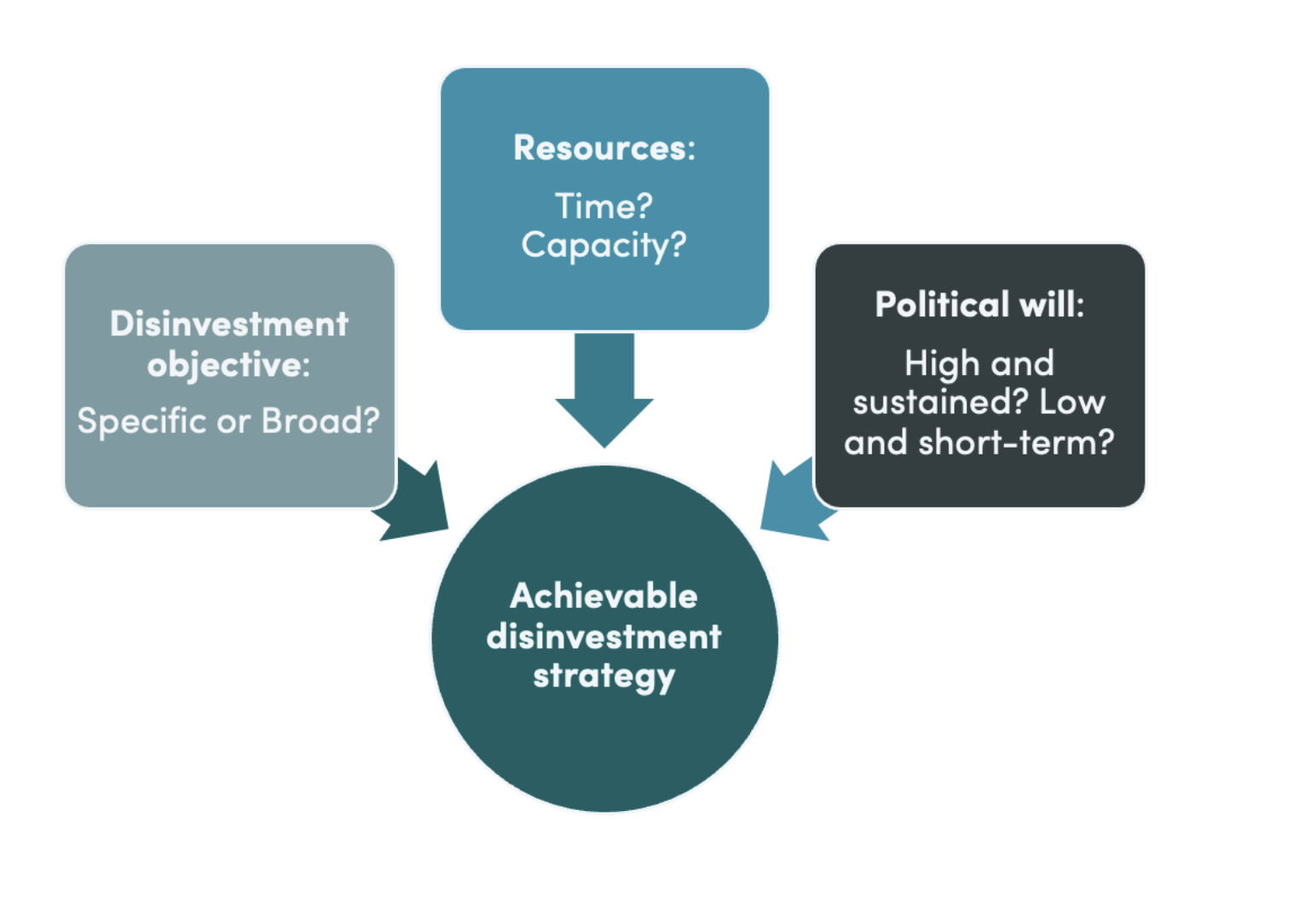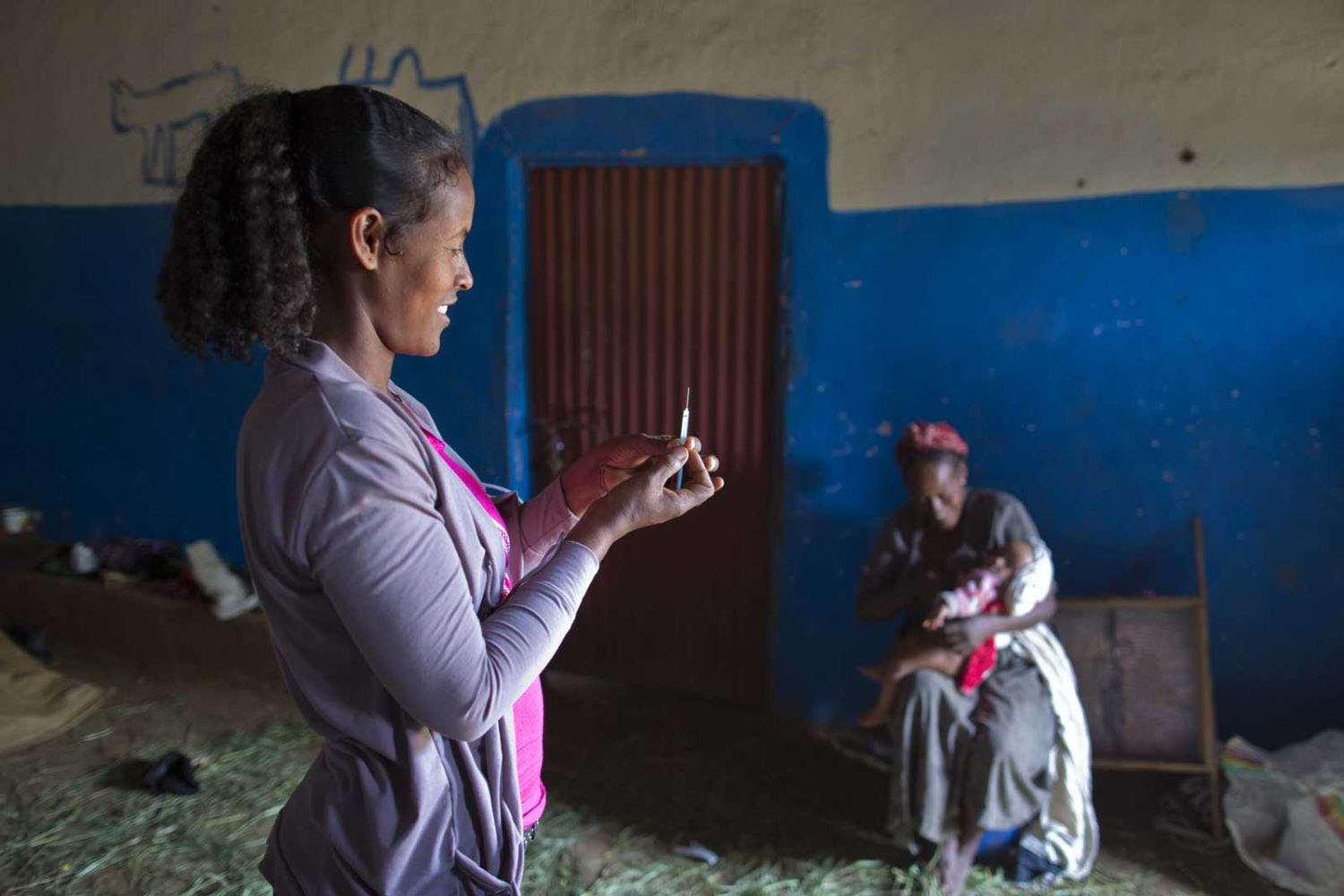Recommended
The World Health Organization (WHO) declared the end of the Public Health Emergency of International Concern (PHEIC) for COVID-19 on May 5 and for mpox on May 11, 2023. Throughout its use, the meaning of the PHEIC has been muddled. We call for a new, objective epidemic scale that better communicates to member states and the public regarding the potential severity of an epidemic and the necessity of activating proportional responses.
As per the International Health Regulations (2005), the formal PHEIC definition is “an extraordinary event which is determined to constitute a public health risk to other States through the international spread of disease and to potentially require a coordinated international response.” Member states are required to report potential PHEICs if at least two of four criteria are satisfied (see box). These subjectively measured criteria reported by member states are reviewed by a WHO Emergency Committee, which in turn subjectively decides whether to declare a PHEIC.1
The existing protocol for reporting and declaring a PHEIC has several well-recognized deficiencies.2 Countries potentially suffer repercussions upon reporting a potential PHEIC, primarily due to subsequent economic fallout such as travel and trade restrictions, thus discouraging reporting.3 Additionally declaration of the PHEIC, by WHO, is politically contentious, in part due to deliberations of the Emergency Committee whose members and discussions are not public and has inconsistently and opaquely applied criteria in decision-making.1 Finally, the PHEIC only results in outbreaks being labelled as something to either ignore or panic over, rather than communicating tiered levels of risk requiring a proportional response.
National governments and experts have criticized WHO for the timing of the PHEIC declaration (too fast, too slow), yet we contend that the when is less salient than the what.4,5 The PHEIC is a blunt instrument, presenting the world in binary terms.6 However, modes of transmission differ by pathogen (eg, Ebola, severe acute respiratory syndrome) and require distinct responses across space (regional, national, global) and time (aligned with the epidemic curve). The general public, unacquainted with these nuances when a PHEIC is declared, and arguably local public health practitioners as well, could greatly benefit from a scale that could communicate such distinctions. A tiered scale can serve as a more nuanced trigger for different types of response actions. Even as
Objective scales employed by the hurricane and earthquake scientific communities serve as potent communication tools. For instance, the Saffir-Simpson scale categorizes hurricanes into five categories using objective wind measurements, plus two additional categories of tropical storm and depression.7 Similarly, the Richter Scale uses objective measurements to classify earthquakes on 1 to 9 scale, recognizing the higher frequency of lower magnitude events.8 A hurricane’s category can increase or decrease over time as more information is collected and helps to activate local preparedness plans. We argue that a scale utilizing objective measurements fosters transparency, efficiently communicating to the public and to emergency organizations about levels of risk and proportional levels of response.
We propose that the WHO construct a novel epidemic scale that effectively conveys the potential severity of outbreaks. Such a scale should consider the transmission mode, which impacts the reproductive rate, speed of transmission, and consequently potential international spread, as well as need for a timely, proportional response. Respiratory pathogens, whether airborne or droplet, and pathogens that spread asymptomatically have a greater risk of spreading internationally. Uncertainty about the disease (such as suspected or confirmed mode of transmission) is also an important consideration. These three considerations should be incorporated into a new epidemic scale. The new scale could further incorporate the terminology of variants of interest and of concern at present unique to COVID-19. Importantly, the scale can inform key policy “triggers” of when to begin activation of response by different levels of government including international financing instruments.
Designing such a scale is a challenging yet achievable task. Although tiered systems are imperfect9, use cases from earthquakes and hurricanes offer relevant lessons. Field epidemiologists rely on clinical reports and case investigation to study local outbreak spread and the potential for respiratory and asymptomatic spread. The evidentiary standards used in field epidemiology should be clarified to underpin the new epidemic scale. WHO has an opportunity to pioneer this new epidemic scale, which could also serve as triggers for activating different epidemic response financing instruments as well as the declaration of national public health emergencies. If the WHO cannot, then nations can lead, just as the hurricane and earthquake scales were developed in the United States but adopted as global standards.
Box: Criteria used by WHO when considering whether to declare a PHEIC, two normally required as well as by member states in reporting a potential PHEIC:
- Is the public health impact of the event serious?
- Is the event unusual or unexpected?
- Is there a significant risk for international spread?
- Is there a significant risk for international travel or trade restrictions?
_________
References
-
Mullen L, Potter C, Gostin LO, Cicero A, Nuzzo JB. An analysis of International Health Regulations Emergency Committees and Public Health Emergency of International Concern Designations. BMJ Glob Health 2020; 5: e002502.
-
Wilder-Smith A, Osman S. Public health emergencies of international concern: a historic overview. J Travel Med 2020; 27: taaa227.
-
Cash RA, Narasimhan V. Impediments to global surveillance of infectious diseases: consequences of open reporting in a global economy. Bull World Health Organ 2000; 78: 1358–67.
-
Wilson K, Brownstein JS, Fidler DP. Strengthening the International Health Regulations: lessons from the H1N1 pandemic. Health Policy Plan 2010; 25: 505–9.
-
Fidler DP. To Declare or Not to Declare: The Controversy over Declaring a Public Health Emergency of International Concern for the Ebola Outbreak in the Democratic Republic of the Congo. Asian J WTO Int Health Law Policy 2019; 14: 287.
-
Pavone IR. The Covid-19 Pandemic, the Failure of the Binary PHEIC Declaration System, and the Need for Reform. Verfassungsblog 2021; published online Nov 2. DOI:10.17176/20211102-173001-0.
-
National Oceanic and Atmospheric Administration, National Hurricane Center and Central Pacific Hurricane Center. Saffir-Simpson Hurricane Wind Scale. 2023. https://www.nhc.noaa.gov/aboutsshws.php (accessed May 4, 2023).
-
Richter CF. An instrumental earthquake magnitude scale. Bull Seismol Soc Am 1935; 25: 1–32.
-
Wenham C, Kavanagh M, Phelan A, et al. Problems with traffic light approaches to public health emergencies of international concern. The Lancet 2021; 397: 1856–8
This article was originally published in The Lancet on August 17, 2023.
Rights & Permissions
You may use and disseminate CGD’s publications under these conditions.






